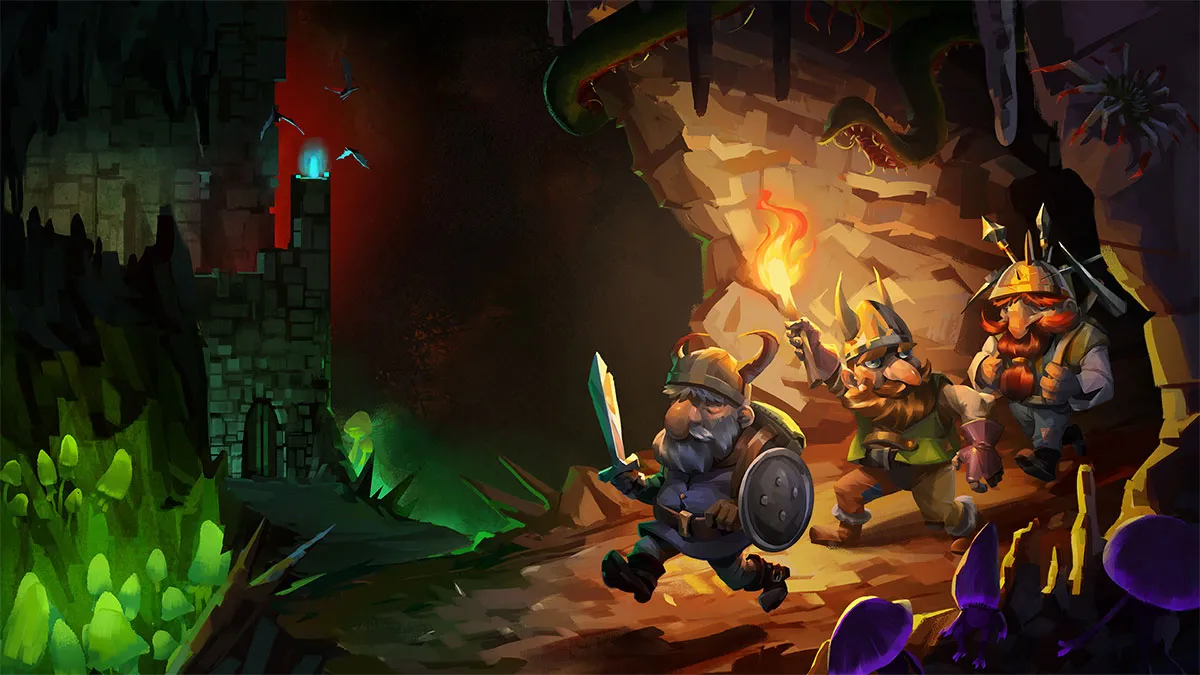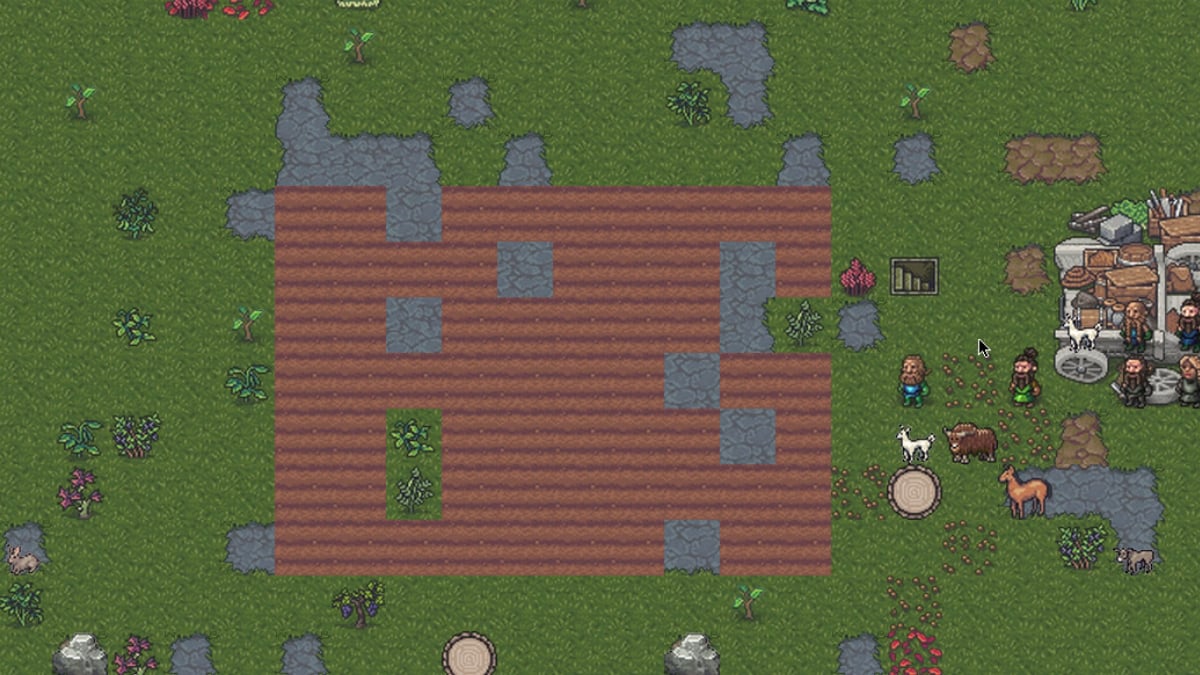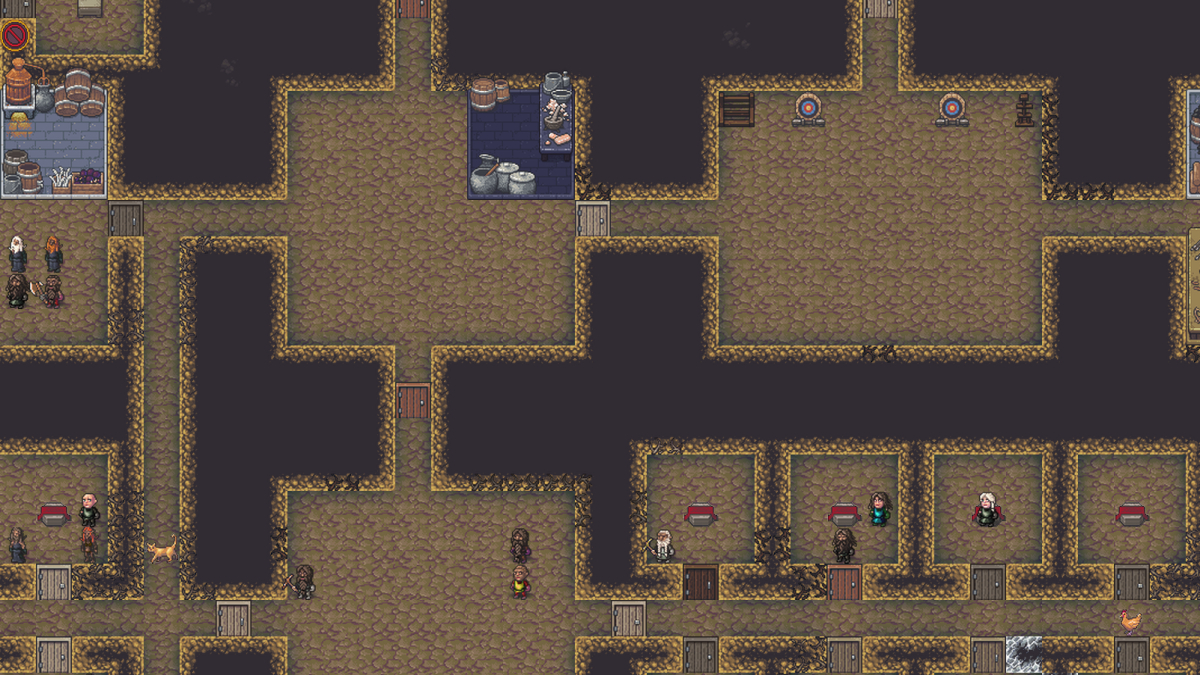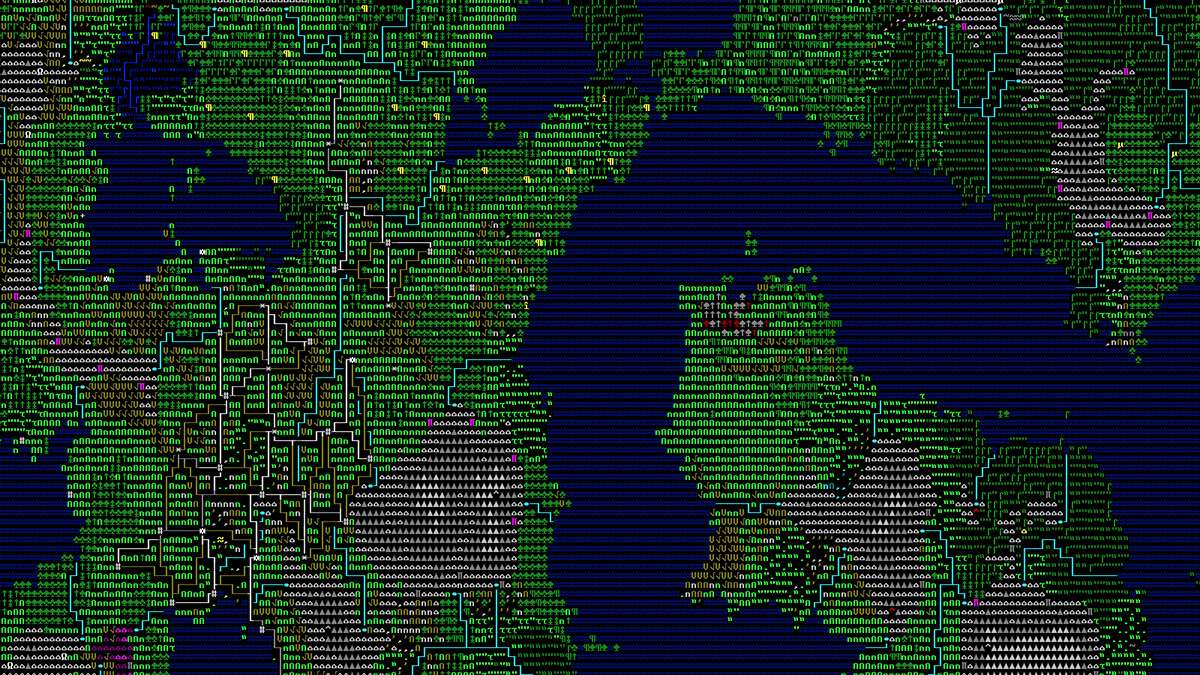The motto of Dwarf Fortress is “strike the earth.” That’s the most important thing you can do while playing this construction and management simulator, but it’s far from your only task. Dwarf Fortress is an incredibly dense and often obtuse game, even with improvements made to the new Steam Edition. There are moments of immense satisfaction to be had if you put the time in, but that’s the only way to get there: reaching such heights requires you to overcome the steepest of learning curves.
Starting small

From moment one, Dwarf Fortress can be overwhelming. Each adventure begins by seeding a randomly generated world, one that will have centuries of history before you even start settling somewhere with your own crew. There are myriad options for customizing the world’s shape, size, and age, but fortunately, this isn’t something you have to do more than once if you don’t want to. One of the most endearing things about Dwarf Fortress is that you can start over in the same world if things go south, with any major events that happened during your last run still relevant to the current timeline. As the tutorial will tell you, failing can be fun, and starting over is encouraged. I can personally attest to each of my fortresses being better and better designed when I decided to wipe the slate clean and “strike the earth” again.
The tutorial is also one of several helpful new additions to this cult classic’s Steam version. While the new indie-fied graphical style is certainly a big jump from the ASCII art of the original 2006 game, it’s the quality-of-life improvements that attempt to get newcomers on board with this deep experience. After the initial tutorial, you’ll be familiar with digging and gathering essential resources, while additional menu pop-ups and extra tutorials can help explain more of the game’s many mechanics. There’s a real effort to make the game more approachable, though more could still be done to onboard new players. You’ll be notified when you need a particular resource for something you’re trying to craft, but there’s little indication of how to actually acquire the missing pieces. I spent a lot of time endlessly clicking through structures and objects, trying to find what I still needed to build a well or craft armor. That spirit of “just keep playing to figure it out” can be a turn-off.
Dig deeper, get bigger

The initial goal of any Dwarf Fortress campaign is to simply survive. Winter is approaching as your caravan of seven dwarves makes camp. As you build, this population grows. The bigger, sturdier, and more productive you make your titular fortress, the more folks will travel to join your society, trade goods, or even raid your land for spoils. It’s in these moments that exciting emergent story moments appear. Within (in-game) days of starting my second fortress, two of my dwarves got married. I was determined to keep them paired up for various tasks, picturing them happily fishing or harvesting side by side. Similarly, when I struck a wall and caused an underground river to start flooding my facility, I had a mix of panic and glee, as such accidents make for good stories. Thank the dwarf gods for autosaves though — the game is really good about preserving your progress.
The deeper you dig, the more natural resources like stone and ore you’ll find. Doing this efficiently requires you to juggle various tasks and assign them to the dwarves best suited for the job. Labor orders let you designate miners, haulers, orderlies, and other regular tasks from the start. More specialized work like being a doctor or militia commander may come later in a campaign. Likewise, you can assign managers to keep some of the more fundamental tasks automated, provided you have the required resources. Dwarf Fortress offers the tools to build out and shape your society however you’d like, but finding the specific commands you need to get it done can still be a chore.
The dwarf devil is in the details

Cascading menus are one thing, but the crafting loop is a whole other. Every task feeds into another in Dwarf Fortress. You can’t just fish or gather fruit for food indefinitely: if there’s no designated stockpile or space left, your supplies have nowhere to go. If you want to make armor, you first need a fuel source; if you want to make fuel, you’ll need to feed resources into your furnace. Nothing is simple in Dwarf Fortress, and that’s OK — this a dense game by design — but that can lead to confusion or frustration when you’re missing that one last thing and can’t figure out where to get it.
The flip side is that once you do get a handle on things and start making your resources work for you, you can expand your fortress in a way that feels very rewarding. Once you do have that armor, you can send a squad out into the wider world to raid other settlements. You can even revisit one of your own abandoned fortresses and collect whatever’s left. At a certain point, your campaign will switch over from survival to diplomacy and exploration. You’ll be in a comfortable position to send envoys to other parts of the world or deal with crimes happening within your own walls. Reaching that stage takes patience, but knowing you put in the work to build up a functioning, fruitful fortress feels very good.
The verdict

Dwarf Fortress looks more modern and offers a lot more ease of access on Steam, but it is still an intimidating game. Another batch of tutorials or contextual tooltips would go a long way toward helping new players uncover the deeper mechanics of the game. There’s something to be said for figuring it out yourself, but that’s not everyone’s learning style.
Much like how the dwarves mine, players will have to dig deep within themselves to figure out how these systems synergize. And they do: seeing your settlers efficiently churn out crafts for trade, send resources to their destinations via minecart, and use your zoning layout to have meetings and spend time in their private rooms is a great feeling. You just might not want to put in the time to complete those projects.
Final Score:
7 / 10
| + | Incredibly intricate crafting systems that work well together |
| + | Emergent moments and late-game achievements are delightful and rewarding |
| – | Reaching that stage requires a large learning curve |
| – | Tutorials and quality-of-life changes could go deeper |
| – | Unclear build requirements can be frustrating |
Gamepur team received a PC code for the purpose of this review.





Published: Dec 5, 2022 10:27 am